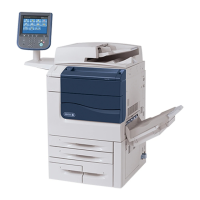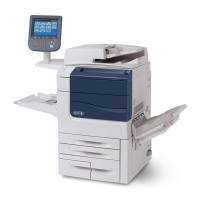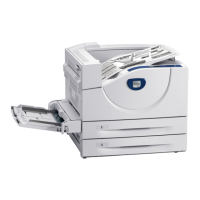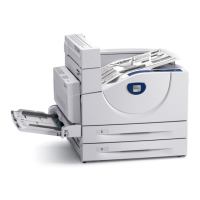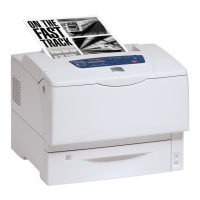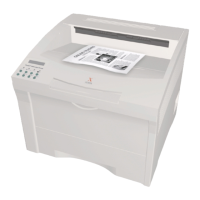POLP
and
POLR INSTRUCTIONS
The R
field
of these two instructions always
specifiesa
gen-
eral register (including register
0)
that
may
receive
up
to
16 bits of
fault
status information
from
an
addressed
BP,
RMP
or MIOP. Each
bit
indicates
the
presence (l) or
ab-
sence
(O)
of a specific fault
condition
within
the
polled
processor (as listed in Table
C-1).
Note
that
the informa-
tion represented by a
particular
bit
is also
dependent
upon
the
type
of processor polled (e.
g.,
bit
18
may
indicate
a
memory parity error in the
BP
or a control
check
fault
within
an
MIOP).
AlO
INSTRUCTION
For this instruction, if
the
R field has a
value
of
0,
no
status information is requested nor loaded.
If
the R field
has a
value
of
X'l'
through
X'F',
the
specified
register may
receive
one word of
I/o
information pertaining
to
an
I/O
interrupt.
Device
and
Device Controller Status Byte. Bits
0-7
of
the
status word obtained by
an
AIO instruction from a respond-
ing
I/o
subsystem
are
unique
to
the
device
and
device
controller.
These bits
are
described in
the
applicable
pe-
ripheral
device
reference 'manual.
lOP
Status Byte.
Bits
8-15
indicate
the
presence
(1)
or
absence
(0) of various operation errors and interrupts
that
may have occurred during
an
I/O
operation. The functions
of individual bits within
the
lOP
Status Byte
are
described
in Table 18.
Table 19 is a summary description of
the
Device/Device
Controller Status Byte and
the
lOP
Status Byte.
Bits 16-18. These bits of
the
AIO response
are
reserved.
To
ensure program compatibility with
any
enhancements
(software
and/or
hardware),
it
is recommended
that
these
bits be
treated
as
indeterminate and not used (i.
e.,
masked).
Table 18.
lOP
Status Byte
Bit
Position Significance
8 Incorrect Length. This
bit
is
set to 1 if
an
incorrect length condition occurred within
the
responding subchannel.
An
incorrect
length condition is caused by a IIchannel
end" (or end of record) condition occurring
before
the
device
controller
has a
"count
done" signal from
the
lOP
(indicating
that
134
Input/Output
Instructions
Table
18.
lOP
Status Byte
(cont.)
Bit
Position
Significance
8
the
byte count has been reduced
to
zero),
or
(cont.)
is caused by the
device
controller receiving
a count done signal before channel end (or
end of record):
e.
g.,
count
done before 80
columns have been
read
from a
card.
9
10
11
12
When set to a
I,
the
incorrect length
bit,
by
itself, always signifies
that
an
"incorrect
length" condition has occurred. If
the
SIL
flag (bit
38
of
the
I/O
command doubleword)
is coded with a
0,
the
detected
incorrect
length
condition
is
to be interpreted as
an
error condition.
If
the
SIL
flag is coded with
a 1,
the
detected
incorrect length condition
is to be interpreted as
anonerror
condition.
If
an
incorrect length
condition
is to result in
a
device
halt,
the
SIL
flag must be coded with
a 0 and
the
HTE
flag
(bit
36
of
the
I/O
com-
mand doubleword) must be coded with a
1.
Transmission Data Error. This bit is set to 1
if,
since
the
last
accepted
SIO instruction
addressed
to
this subchannel,
the
device
con-
troller
or
lOP
detected
a parity error or
data
overrun in
the
transmitted information. A
device
halt
occurs as a result of a transmission
data
error only if
the
HTE
flag of the
I/O
command doubleword is coded with a
1.
Zero Byte Count Interrupt. This bit is set
to
1
if
the
interrupt on
zero
byte count flag is 1
and
zero
byte
count
is
detected.
Channel
End
Interrupt. This bit is set
to
1 if
the
interrupt
at
channel end flag is 1
and
IIchannel end
ll
is reported
by
the
device to
the
lOP.
Unusual
End
Interrupt. This bit is set to 1 if
the
interrupt
at
unusual end flag
is
1 and
un-
usual end is reported
by
the
device
to
the
lOP,
or
if
the
lOP
halt
is signaled
to
the
de-
vice
controller by
the
lOP.
13
Write Lock
Violation.
This
bit
is
set to 1 if
the
memory signaled a Write Lock Violation
in the course of transmitting information
from
the
device
to
the memory.
If
the
HTE
flag
and
the
IUE
flag
are
set,
the
operati
on
wi
II
I
terminate
with
an
"l-'n'-'5'-'0!
end".
14
Reserved.
15
Reserved.
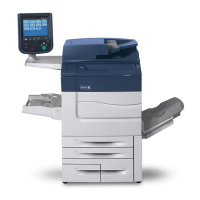
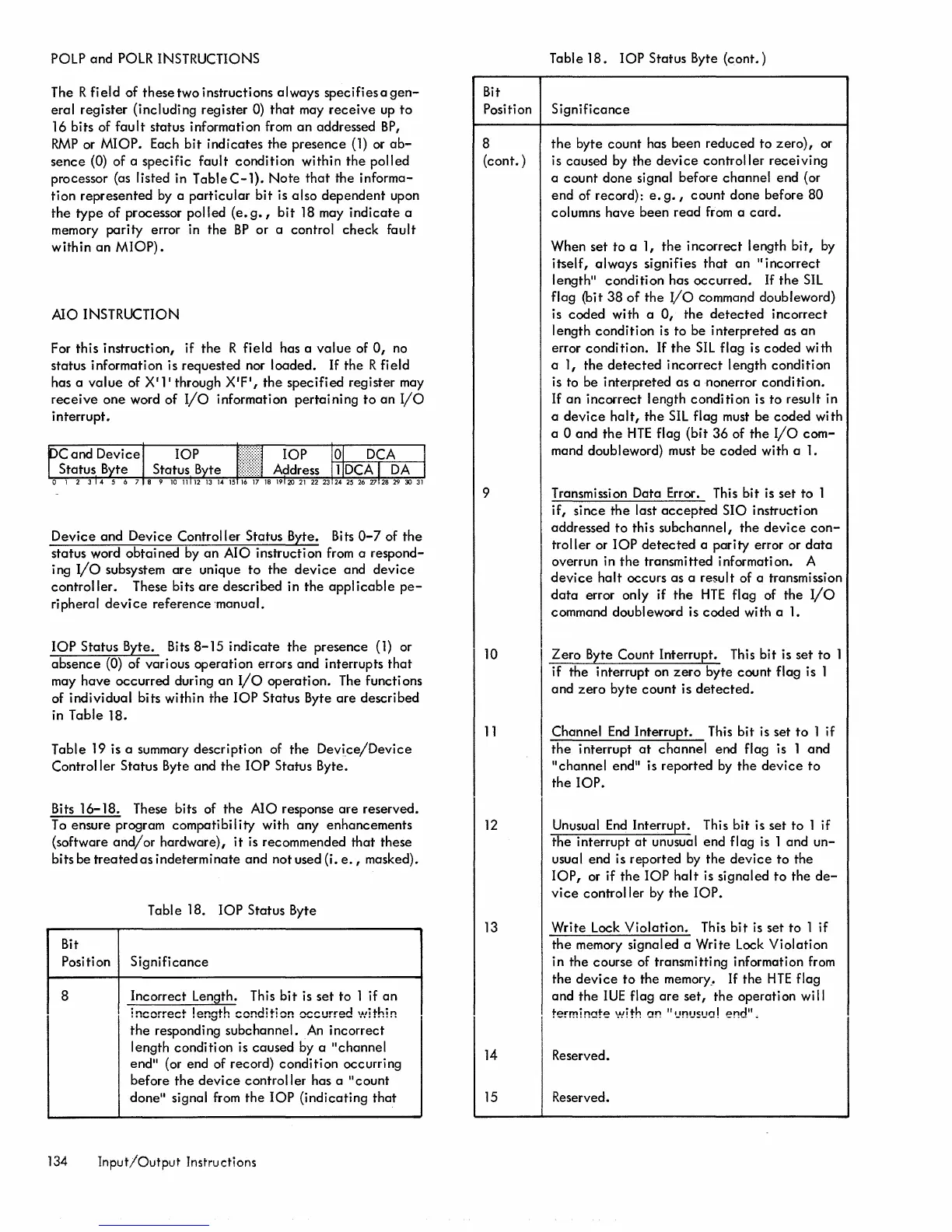